Bamboos are evergreen perennials in most cultures and are used without any attached meaning, but in Chinese culture, these plants are much more. A bamboo plant is a symbol of beauty and virtue. This is a plant that represents some of the most traditional Chinese values. The bamboo and its art are a sight to behold and the Chinese culture capitalizes on it to make amazing symbols and art.
What is Chinese Bamboo?
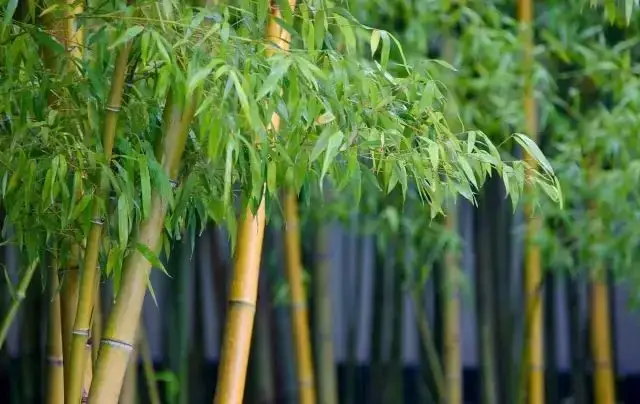
Unlike other bamboo trees, Chinese bamboo found its way into the Guinness book of world records for being the fastest growing plant ever seen. The Chinese bamboo tree is magical and can grow to a whopping 35 inches per day which translate to 1.5 inches per hour. In six weeks, this Chinese wonder tree can grow up to 9 feet tall. This does not happen magically, though. It needs nurturing, fertile soil, watering, and lots of sunshine. The versatility and symbolism of this plant make it special among the Chinese people. The Chinese bamboo is a source of food, antibacterial, deodorant, and beautiful artistic items.
Where did Bamboo Originate?
Bamboo traces its origin to China. While it grows all over the world, it was first discovered in China. Bamboo’s uses were first recorded in the Chinese culture where they were used for various purposes. Did you know that they’re members of the grass family? Yes, and they are strong and durable and can make baskets and furniture. The bamboo was mostly seen in ancient Central and Southern Chinese culture where records of over 7000 years ago show daily-use bamboo items such as arrows, books, and building materials. Bamboo evolved from grass 30 to 40 million years ago after the dinosaur era.
How much bamboo is there in China?
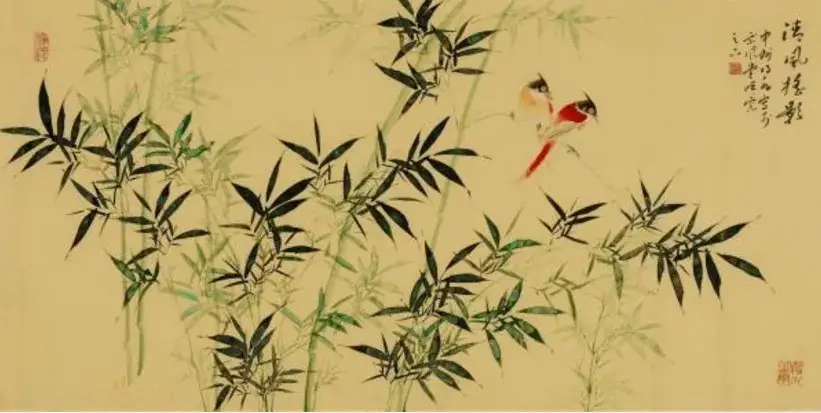
China has more than 500 species of bamboo plants and 39 genera. All these species occupy about a 4.4million acres of land. The bamboos are distributed in 18 Chinese provinces and are approximated to weigh 97 million tons. When compared to the total forest occupancy, the bamboos make up 3%. This is also translated to a quarter of the world’s bamboo. Most of the Chinese bamboos are thermophilous meaning they love the warmth and mostly grow around river basins and on hills. Recently, commercial species have been expanded and occupy 2.4 million hectares which is almost 7% of the total bamboo in China.
Where Does Bamboos Grow in China
While these plants are thermophilous as discussed above, they can also be seen 3800 meters above sea level in Sichuan and Tibet mountains. They have grown in tropical, subtropical, and temperate regions. It is not strange to see bamboo plants in mountains. However, most population of this plant will be confined to the river basins. The plants are geographically distributed throughout the country from Hainan to Beijing and Tibet to Taiwan. The leptomorph rhizomes species are found in the Yellow River and Yangtze River valleys. The Pachymorph rhizomes species are likely to be found in South China.
Types of Bamboos in China
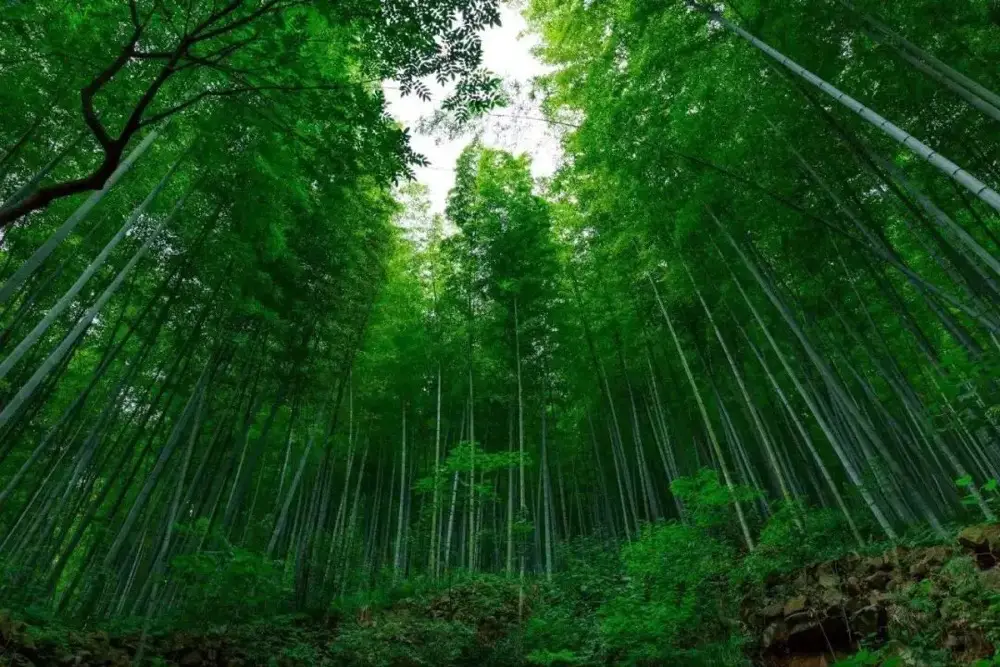
China has over 500 species of bamboo distributed all over the country. However, there are dominant species which include Bambusa, Dendrocalamus, cephalostachyum, Gigantochloa, schizostachyum, and chimonocalamus among others. In layman’s terms, you might have heard of Buddha bamboo which derives its name from its striking resemblance to Buddha’s belly, especially on its lumpy nodes. The Japanese cane bamboo might be named after Japan but it is primarily cultivated in China.
The dwarf green stripe is a native Chinese bamboo species and has striped leaves. The painted bamboo looks like it has received nice and artistic paintwork and it is an ornamental species. The Moso bamboo is China’s most important bamboo species economically. We might not exhaust all the species, but you will not walk a mile without coming across the ones we have mentioned.
What is bamboo used for in China?
You will be shocked to see all the amazing ways this plant is used in China. It is such a great part of the Chinese culture as we shall see below.
Chinese Bamboo food
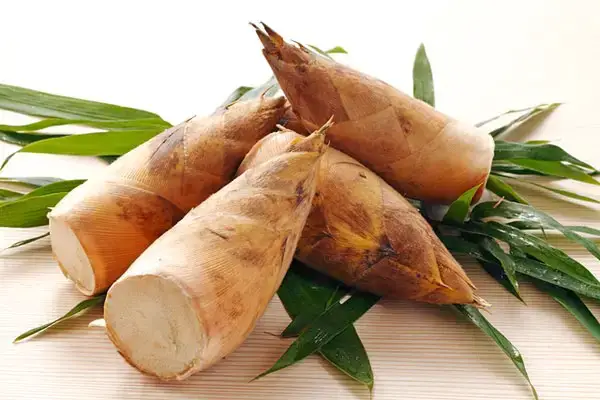
Yes, you heard that right. Chinese make a feast out of the bamboo plant. Surprisingly, this food looks great and it’s delicious. The zhú sǔn are Chinese bamboo sprouts that are crunchy and mild-flavored. These sprouts are used to bulk out soups and stir-fries. You will get bamboo salads and many bamboo sprout dishes. The cooking species are the Bambusa vulgaris and Phyllostachys edulis. The exterior of the shoots is first peeled to remove the tough exterior.
Chinese bamboo Drawing
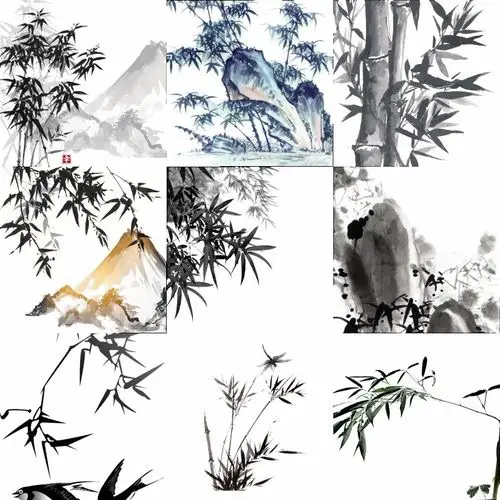
In the Chinese culture, bamboo paintings aren’t just made for beauty. They are symbolic and they represent elegance and loneliness. The Chinese bamboo drawing involves the use of ink by skilled artists and calligraphers. Besides the paintings, bamboo is used to make drawing and painting brushes. The handles are made of bamboo and the bristles with animal hair. The Chinese bamboo brush dates back to 300BCE and was made solely for calligraphy and ink painting.
China Bamboo Shoes
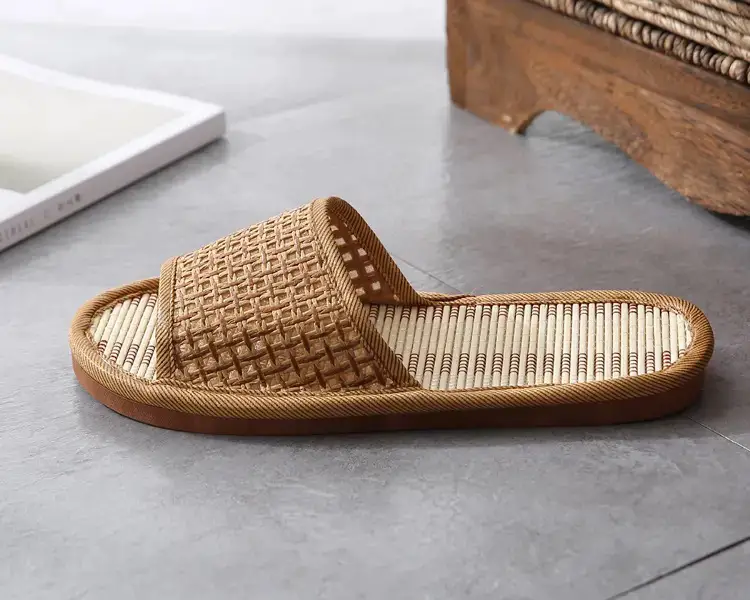
Chinese bamboo shoes are artistic and are very light. Traditionally, shoes in China were made of straw using bamboo needles and flax thread. Today, you will find bamboo sandals that are purely straw. In 2021, bamboo shoes became a hit in China and people rocked them on the streets. Large shoe companies in China have adopted this trend and modified it for trendy and modern designs.
Bamboo slips
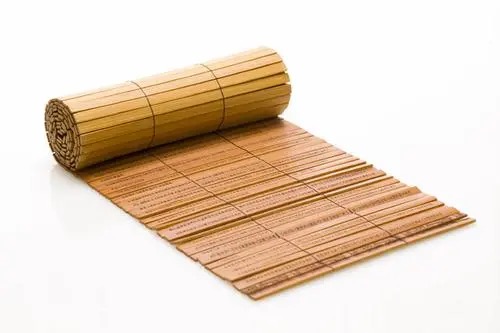
Bamboo slips were the sole media of written communication in China. They were the forerunners of the paper industry. These slips date back to the 5th century BC. The Chinese have preserved what is known as Tsinghua bamboo slips and they were acquired by the Tsinghua University in 2008 from an illegal excavation in Hubei. The slips were written in ink and date back to the warring state period. A 2014 journal described the Tsinghua slips as the oldest examples of the multiplication table of decimals.
Bamboo paper

After the bamboo strips era, the Chinese advanced to paper which was solely made from bamboo pulp. The paper is known as Lianshi paper. These papers are white, thin, and soft in texture. The bamboo paper technology has been used for printed books throughout Chinese history. Today, this paper is still produced in some parts of China for the restoration of historic paper objects and to meet the needs of artists who still prefer to use it.
Bamboo basket
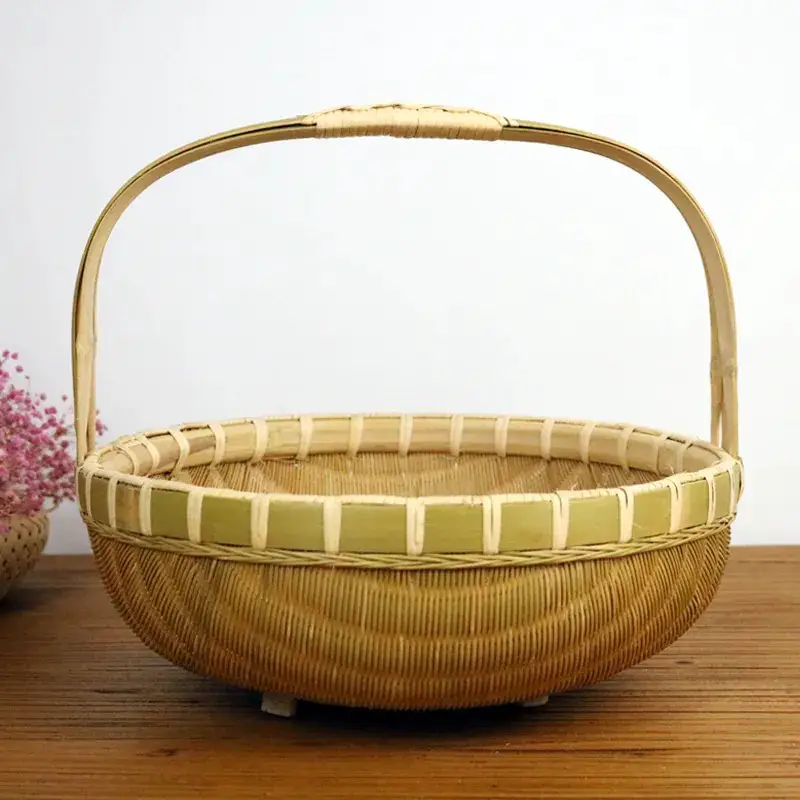
The bamboo baskets industry is still thriving in modern China. You will see gorgeous fruit baskets with vast designs and they are hand-woven. This tradition is a traditional Chinese art and has spread across the globe. The bamboos are made into beautiful knits that come in various shapes. These works were first seen in the new Stone Age. Examples of bamboo basket are Li Guici, a square basket used as a rice and food container. The Qin Shiqing has been around for centuries and is woven around a gourd. They are food storage containers and keep the food fresh due to their ability to retain moisture.
Bamboo weaving
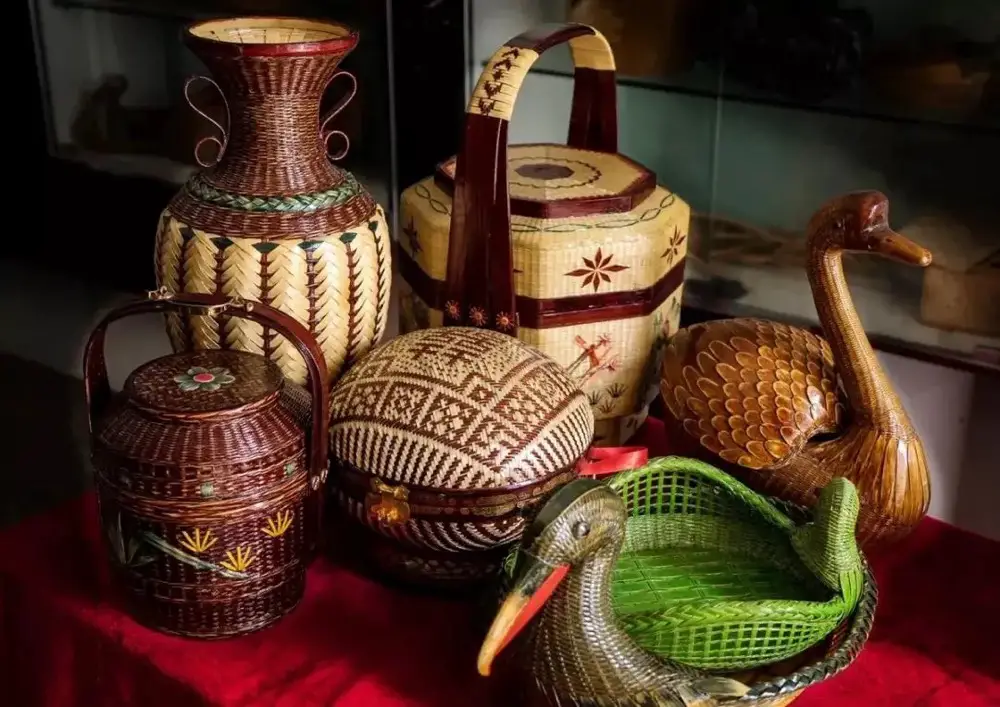
Bamboo weaving has been a part of the Chinese culture and is mist predominant in Fujian, Sichuan, Zhejiang, Anhui, Taiwan, and all the places in China where bamboo is grown. In ethnic minority areas, hand weaving is a unique form of art. Woven Chinese items were unearthed in Hemudu ruins in China over 7000 years ago. In Sansui, Southwest China, bamboo weaving is a UNESCO cultural heritage in this county dominated by the Miao people.
What does bamboo symbolize in China?
Traditionally, bamboo symbolizes oriental beauty in China. This wonder plant also represents the characteristics of integrity, modesty, loyalty, and resistance. Other representations are elegance and loneliness. These themes are all translated into Chinese painting ad calligraphy.
This grass plant represents the emotion and the soul of the Chinese people. In Chinese weather seasons, the bamboo is referred to as one of the four gentlemen and it represents summer. The other gentlemen are plum blossoms for winter, Orchids for spring, and chrysanthemums for autumn. It is also one of the friends of winter in China meaning that it does not wither when the temperatures become extreme.
History Chinese of bamboo tree
The plating and use of bamboo is traced back 7000 years ago in the Shang Dynasty of the 16th to 11th BC. The Chinese used this plant for food, clothing, music instruments, art, weapons, and construction. These dates are based on records but bamboo has been a part of the Chinese culture since prehistoric times. During the Han Dynasty of 26 to 221 BC, the bamboo paper industry became widespread in China. The Ming Dynasty of 1368 to 1644 saw the making of bamboo bedding and floors. Bamboo articles unearthed from the Yin Dynasty ruins were inscribed on bones and tortoiseshells.
Conclusion
The bamboo tree is closely associated with Chinese civilization. Bamboo items such as paper, shoes, baskets, and food are still widespread in China. This has been seen in the continuous increase of the hectares of bamboo forests in modern China.